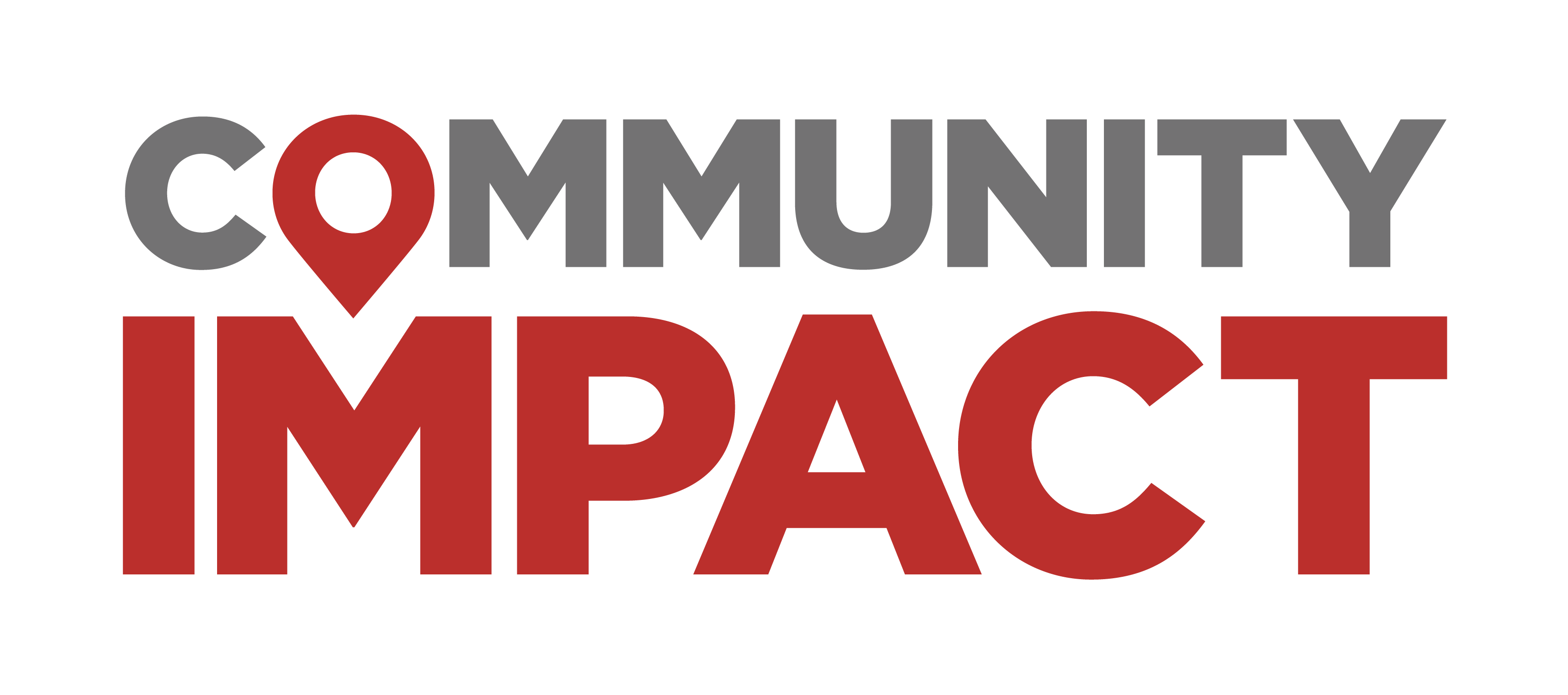The Kitchen Table began as a stand-alone branch of the San Antonio Food Bank in 2010 before transforming into the New Braunfels Food Bank, or NBFB. The 28,000-square-foot facility now serves over 7,000 individuals a month, according to the food bank’s website.
Although the NBFB moved into its location at 1620 S. Seguin Ave. in 2017, The Kitchen Table still operates as the food bank's client choice pantry.
How it works
For neighbors who would like to use the client-choice pantry, NBFB requires an in-person application process for first-time users. A table set by the national Emergency Food Assistance Program, or EFAP, is used by the food bank to determine a family’s need, according to the website.
Clients who have already qualified for the Supplemental Nutrition Assistance Program, or SNAP; Special Supplemental Nutrition Program for Women, Infants and Children; or similar programs will automatically be approved to receive benefits. If a neighbor makes more than allotted by EFAP but is experiencing an emergent need for assistance, they may still qualify, NBFB Executive Director Monica Borrego-Jones told Community Impact.
Upon approval, neighbors will typically arrive at a scheduled appointment where they will be guided through the pantry, which has shelves stocked with canned goods, proteins, dairy and sweets, according to the food bank's website.
“We'll give each family or each neighbor a basket, and they can go through. We have volunteers stocking shelves with the product that we receive from our retail partners, like H-E-B, Costco, Sam's,” Borrego-Jones said.
The pantry allows families to pick up about 100 pounds of groceries, but because of an abundance of produce donations and its perishable nature, there usually is not a limit on how much produce shoppers can take, Borrego-Jones said.
Measuring the impact
Donations to the food bank are always needed. Community members are always encouraged to drop off food donations to the food bank, but for those who may only be able to help monetarily, Borrego-Jones said that can go just as far.
“Any dollar that is donated to us, we can turn into 10 pounds of food or seven meals. So we're really looking to try to increase the amount of donations that we get right now,” Borrego-Jones said.
The pantry can serve about 70 neighbors per day. Outside of The Kitchen Table, the food bank can serve more than 300 families through its premade bags, handed out to some families through its drive-thru program, according to its website.
The local impact
A 40-plus-day federal government shutdown halted the disbursement of SNAP benefits to families across the country, ballooning the need for services provided by NBFB. On average, the foodbank registers about 14 families a day for The Kitchen Table, equating to about 321 families for a normal month. In October 2025, the month before disbursements were set to end, the food bank saw an almost 25% increase in registration, equating to about 400 families registering, Borrego-Jones said.
“We have noticed a rapid increase in new families coming to the New Braunfels Food Bank, with government paychecks being unpaid and SNAP cuts becoming a reality. There are some days when we have registered as many as 32 families for our services. This is more than double what a typical day looks like for us,” Borrego-Jones said in an email to Community Impact.
A pop-up appears on the food bank’s website, linking to a webpage with resources for families whose benefits may have been affected by the government shutdown.
How to help
Aside from monetary and food donations, the food bank has several opportunities for those with a little time on their hands. Volunteers can assist in the stocking of shelves in The Kitchen Table, loading pre-made bags to hand to families in the drive-thru, working in the 38-bed community garden, or other administrative duties like data entry, donation acceptance and front desk operations, according to the food bank's website.
One regular volunteer, Apple Corps volunteer Chris Douglas, who volunteered while still in the workforce and continued her work after retiring, finds solace in giving time to the food bank and giving back to her community.
“When someone gives you a big smile or the people who come in for the first time, I talk to them as they come in, and then as they're leaving with a basket of food, they're so grateful. And so that just makes my heart swell because I know that their day has changed,” Douglas said.
The Apple Corps volunteer designation is given to those who regularly donate time to the food bank. The title requires a prescreening and commitment to a regular schedule for three months. Volunteers can register online at the food bank’s volunteer portal, choose which opportunity the would like to give time to and schedule what day and time works for them, according to the, according to the food bank's website.











